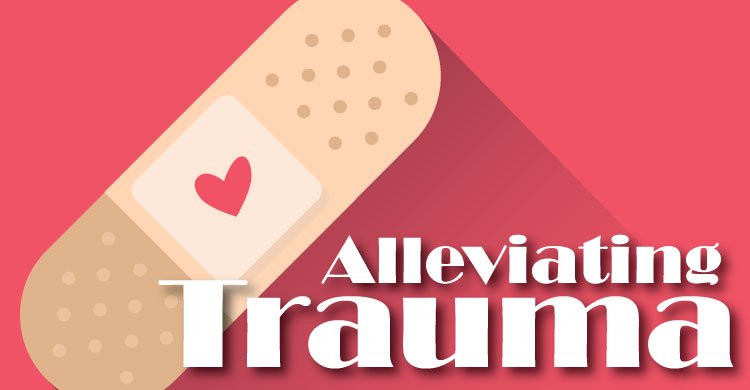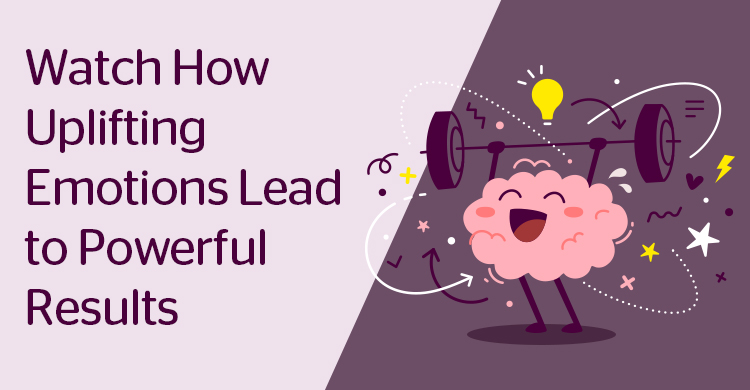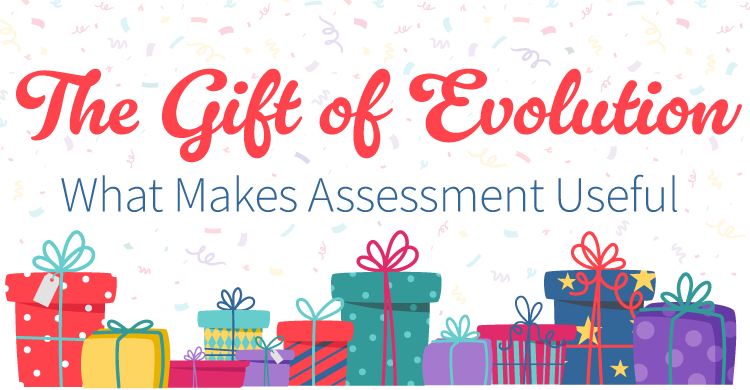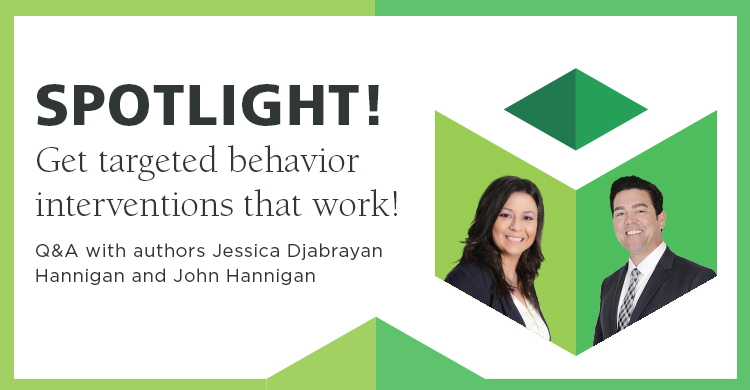“Educating the mind without educating the heart is no education at all.”
—Aristotle
Trauma, stress, poverty, and violence transcend all boundaries. Recently, we have learned that for some children, what was once considered the shortest route to academic gains—a direct, concentrated focus on academic learning—may be unnecessarily long and even painful.
Around 676,000 American children are abused and neglected each year (US Department of Health and Human Services, 2018). Twenty-five percent of US children have experienced at least one adverse childhood experience (ACE), while 22 percent have experienced two or more (Bethel et al., 2017). Children who have experienced trauma often find it difficult to focus on academic learning. Instead, they may be in a state of hyper-alertness, constantly waiting for the next threat that is just around the corner. Imagine how difficult it might be to learn when your brain is sending out a series of SOS messages.
The alternative escape routes children unconsciously select are varied. Children may act out, daydream, withdraw, or even be aggressive, taking out their hurt and anger on others. In essence, their brains may be guiding them to flee, fight, or freeze (Burke et al., 2011).
Our school walls once established the boundaries of a safe haven, a place of security and respite away from home. However, today, children bring remnants of the trauma they have experienced with them, almost like unwelcomed baggage. When the very walls that seek to protect and provide are compromised, do we keep teaching academics for hours on end, or do we pause and reexamine what we are doing?
Sources of Trauma and ACEs
Consider the many sources of trauma that children bring to school:
- Children are victims of physical, sexual, and mental abuse.
- Children are bullied at school or cyber-bullied at almost any time or place.
- Children grieve over the loss of a loved one.
- Children experience or learn about school shootings.
- Children are separated from parents as they enter our country or are afraid that Immigration and Customs Enforcement (ICE) agents will deport family members.
- Children who experience prolonged or cumulative academic failure begin to associate learning with failure and a loss of confidence and reduced self-esteem.
- Children experience vicarious trauma through video games, news, social media, TV shows, or movies.
According to Daniel Flannery and Mark Singer, directors of the Begun Center for Violence Prevention and Research, “Even when violence happens in another part of the world, children are exposed to the event and its consequences immediately, intensely, and repeatedly as a result of media exposure.” In recent months, school counselors, principals, and teachers are reporting that children are arriving with tears and fears, seeking solace as they fear for their own safety or the safety of family members. Under new rules, schools may no longer be safe havens, as ICE officials are arresting teens on their way to school and mothers are arrested after dropping children off at school.
Trauma takes many forms. Young children are particularly vulnerable to the debilitating effects of chronic stress, due to their rapid brain growth in a short period of time. Recent evidence shows that violent video games can be harmful to children of all ages. According to the Pew Research Center, “Adolescents exposed to violent video games experience a decrease in activity in their prefrontal cortex, leaving them more vulnerable to difficulties problem-solving and controlling their emotions” (Lenhart, 2015).
School Culture that Alleviates Trauma
When educators examine options to accelerate learning and help alleviate trauma, they may be surprised that by taking the focus off of academics, there are ways to both help children heal and also achieve significant academic gains. Cultivating school environments that promote kindness, implementing yoga and mindfulness, and helping children understand their emotions are three of the strategies that provide multiple benefits to children and schools. For example, simple acts of kindness can produce:
- Less bullying
- A sense of belonging and high self-esteem
- Improvements in mental health and stress levels
- Increased levels of gratitude
- Reduced levels of depression (Currie, 2015)
Namaste Charter School
At the Namaste Charter School in Chicago, daily physical education, yoga, breathing techniques, a peace room, and organic meals enhance student well-being. Key components of this program include:
- Emotional awareness
- Positive peer relationships
- Self-reflection
- Promoting a peaceful school culture
- Restorative discipline, a collaborative, dialogue-driven approach to establishing deeper and more meaningful relationships and reduce punitive discipline practices (Unruh, 2017; Ward, 2017)
Sandy Hook Elementary School
At Sandy Hook Elementary School in Connecticut, Amanda Finch begins the school day with “Think about how you’re feeling this morning. We’re going to do our morning circle. You’re going to tell me how you’re feeling and why.” Her students routinely share their feelings in a morning circle group. Prior to the circle, students had self-identified their emotions using a color-coded-stick system (DesRoches, 2017).
In response to the 2012 school shooting at Sandy Hook Elementary School, some schools have begun to work closely with the Jesse Lewis Choose Love Foundation program (which is available for free) to increase compassion and reduce the likelihood of violence. Through that program, students learn to:
- Cope with stress
- Express their feelings to others
- Make responsible choices
- Set positive and realistic goals
- Create meaningful relationships
As of June 2018, the program had been downloaded over 8,520 times and used in classrooms nationwide and in more than fifty countries (DesRoches, 2017; Jesse Lewis Choose Love Foundation, 2017).
If educators are truly interested in helping students in the short term and also helping to create a better tomorrow, they can make a shift in how they approach instruction. By consciously teaching students about kindness and compassion, teachers and school leaders can create conditions to strengthen our path to a better tomorrow—one with less fear and more peace, calmness, and readiness to learn.
Learn more about neuroscience, trauma, and ways to improve school cultures in Mindfulness Practices: Cultivating Heart Centered Communities Where Students Focus and Flourish by Christine Mason, Michele Rivers Murphy, and Yvette Jackson (available September 2018).
References:
Bethell, C. D., Davis, M. B., Gombojav, N., Stumbo, S., & Powers, K. (2017, October). Issue Brief: A national and across state profile on adverse childhood experiences among children and possibilities to heal and thrive. Johns Hopkins Bloomberg School of Public Health.
Burke, N. J., Hellman, J. L., Scott, B. G., Weems, C. F., & Carrion, V. G. (2011). The impact of adverse childhood experiences on an urban pediatric population. Child Abuse & Neglect, 35(6), 408-413.
Currie, L. (2015, August 10). Why teaching kindness in schools is essential to reduce bullying.
Flannery, D. & Singer, M. (2017, May 23). Here’s how witnessing violence harms children’s mental health. The Conversation.
Jesse Lewis Choose Love Foundation. (2017). Jesse Lewis Choose Love Movement.
Lenhart, A. (2015). Teens, social media & technology: Overview 2015. Pew Research Center: Internet and Technology.
U.S. Department of Health & Human Services, Administration for Children and Families, Administration on Children, Youth and Families, Children’s Bureau. (2018). Child maltreatment 2016.
Unruh, J. (2017). Mindfulness at the center of South Side school’s education. WGN9.
Ward, J. (2017). South side school using new approach for kids facing violence and poverty. DNAinfo.
[author_bio id=”1679″][author_bio id=”1765″]






